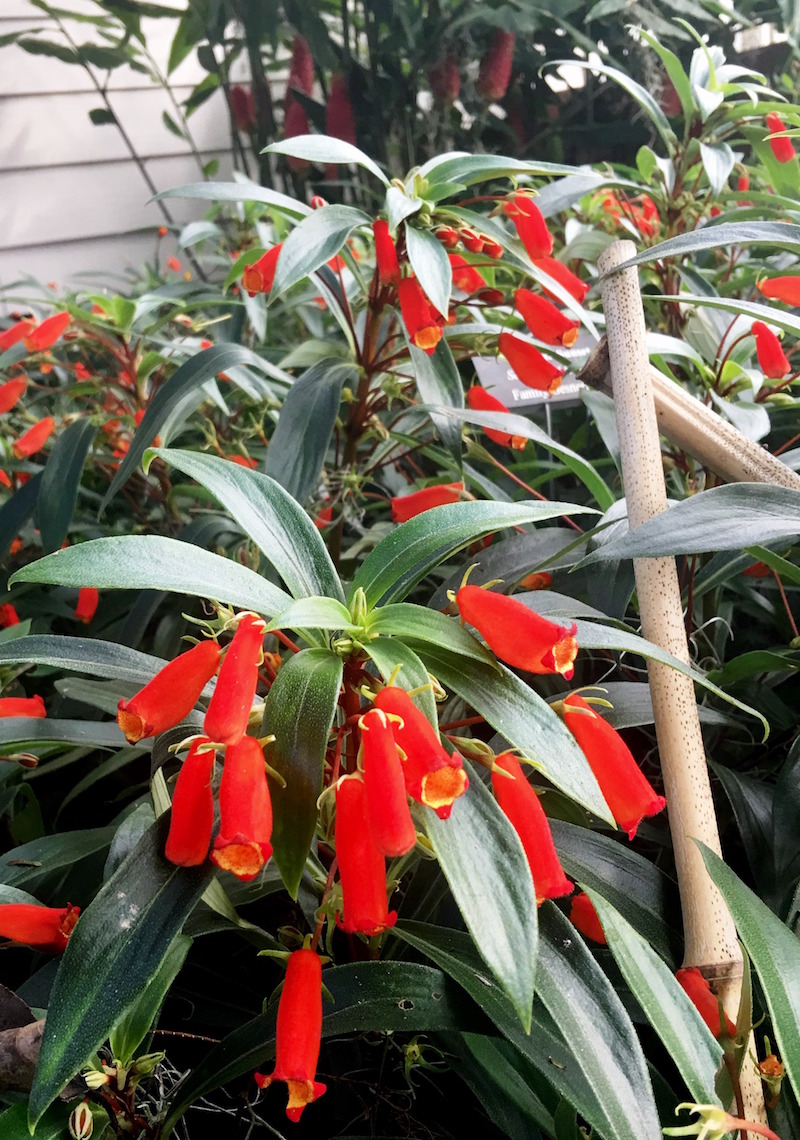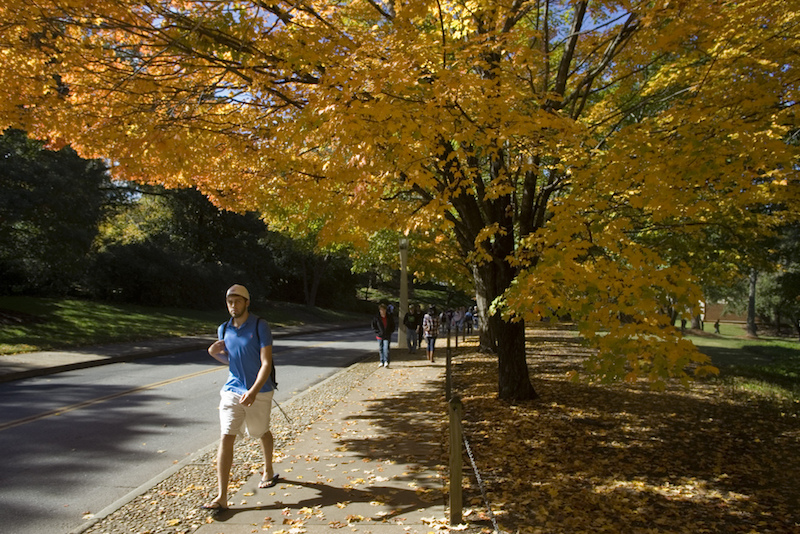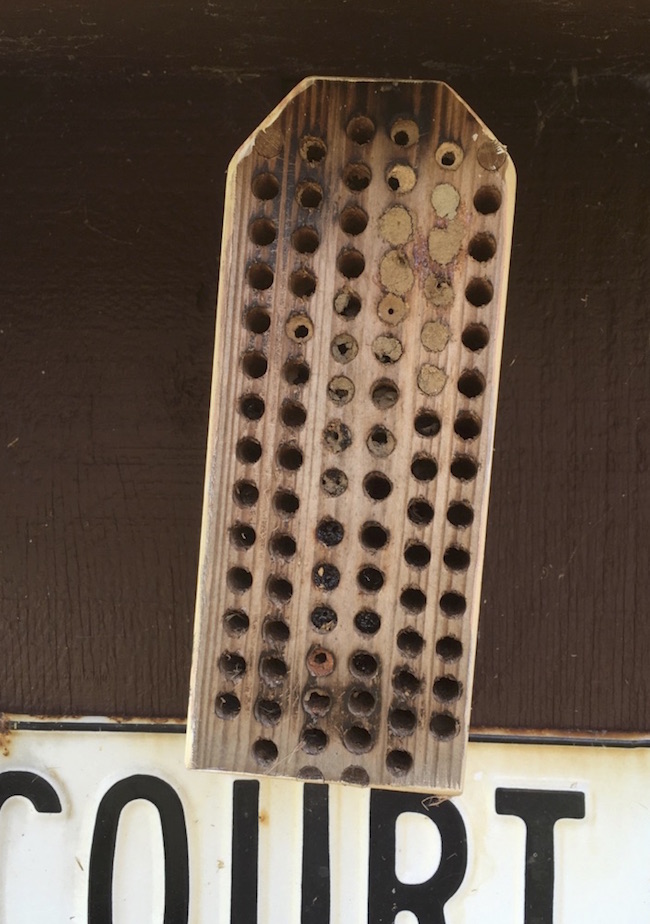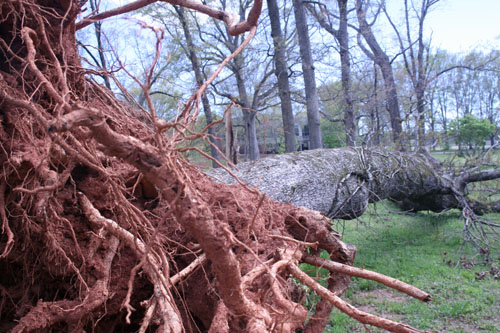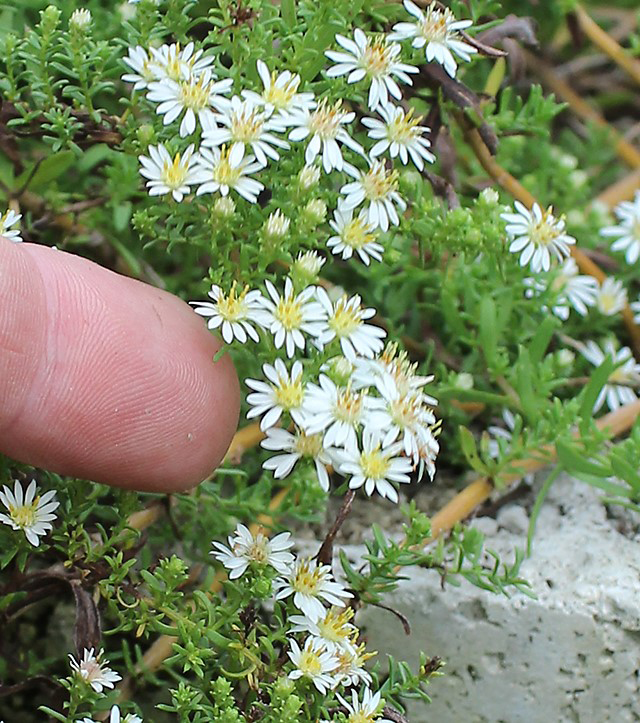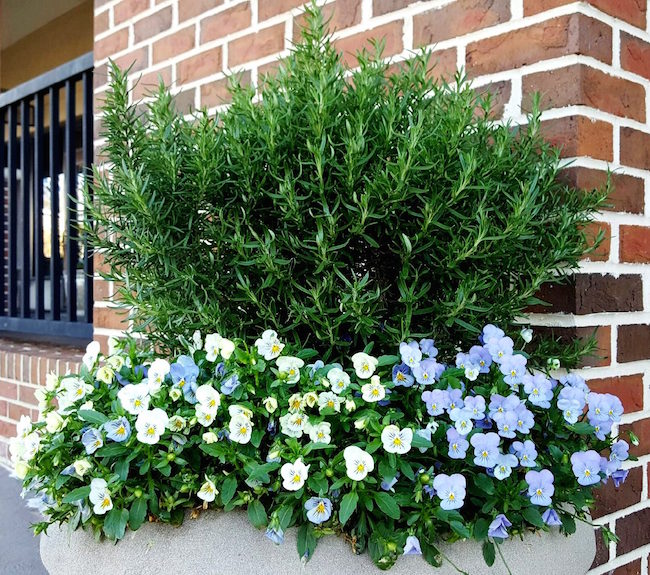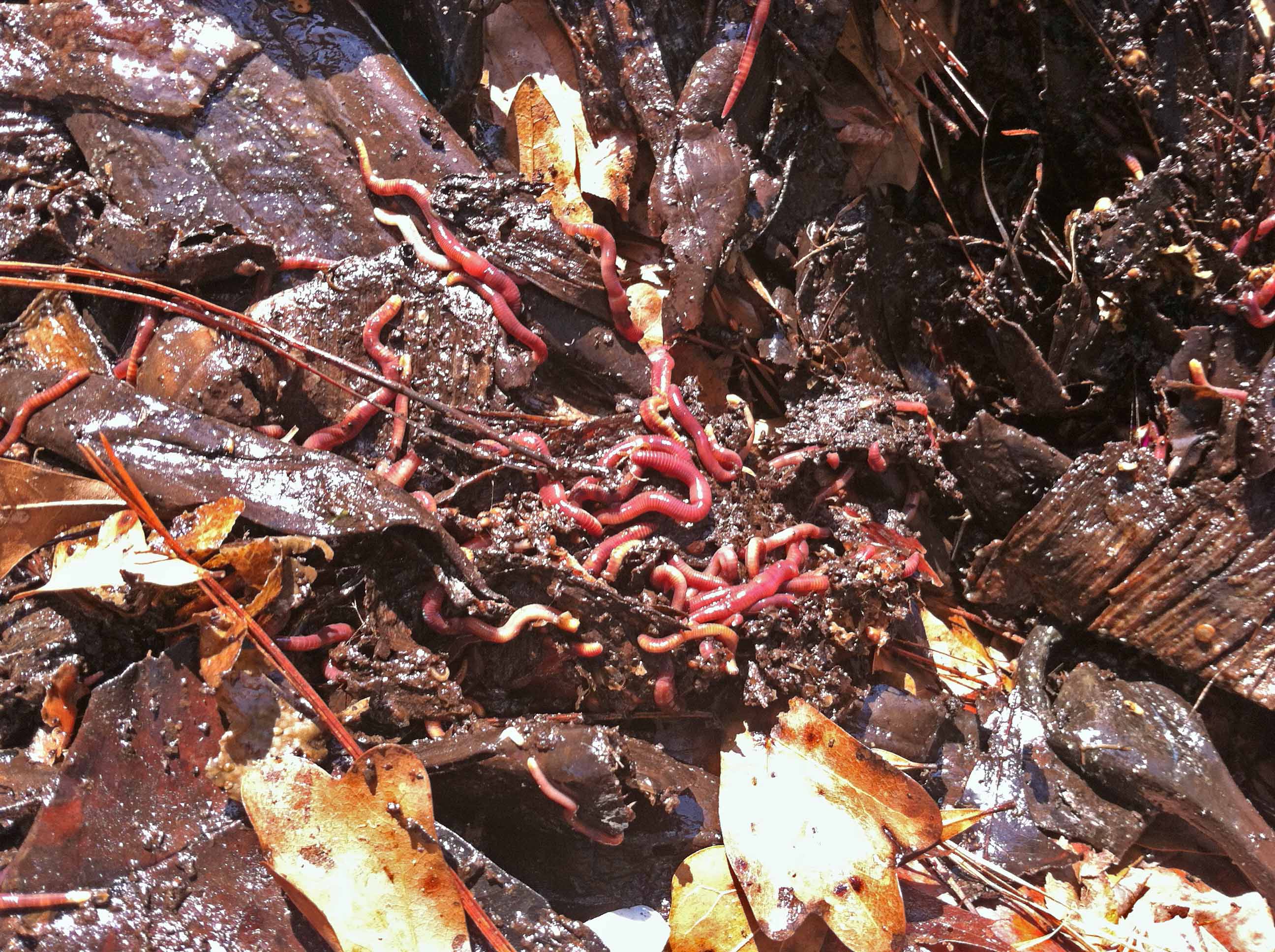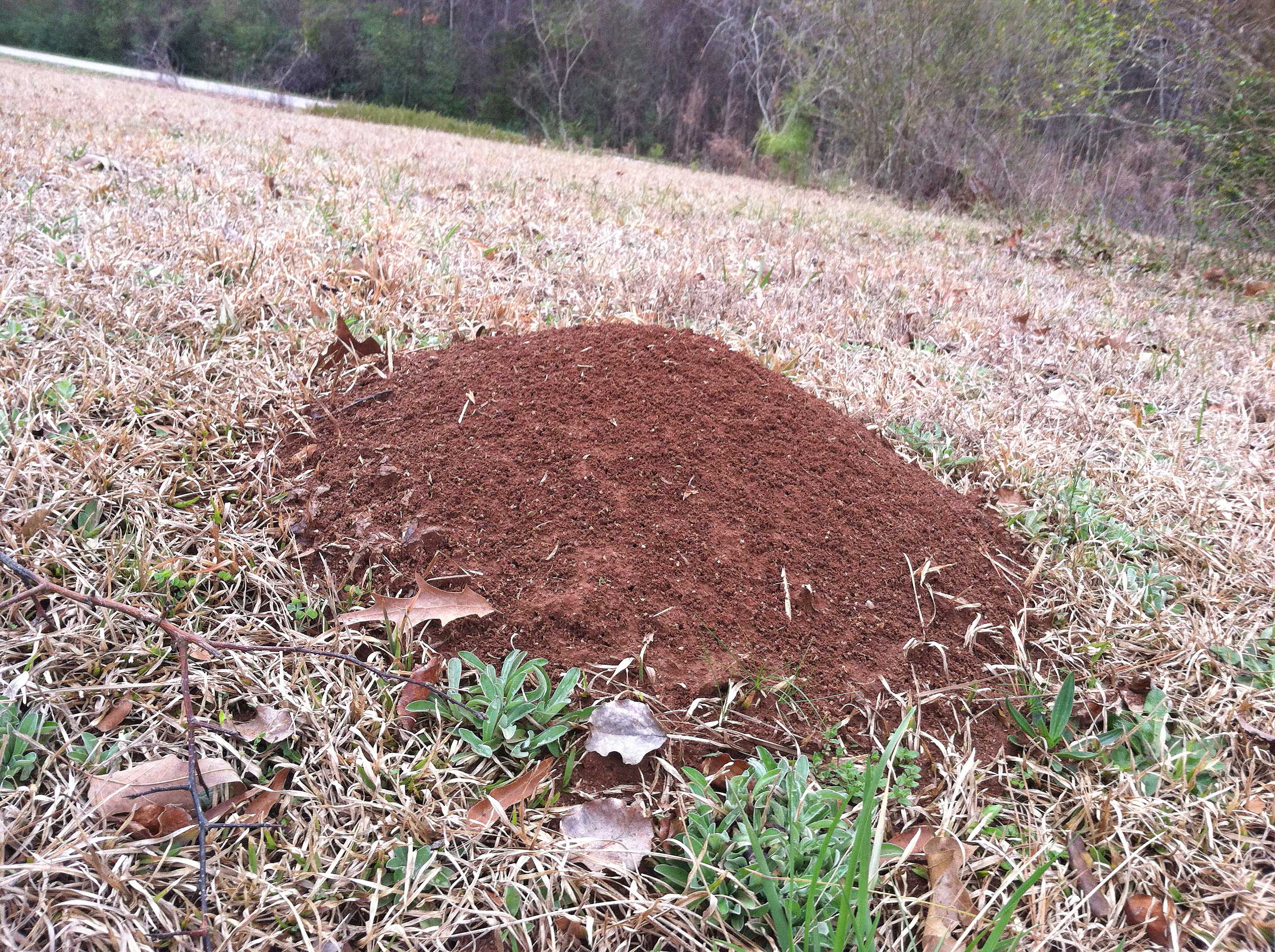 CAES News
CAES News
'Candy Corn'
Many of you will hand out treats like candy corn this Halloween. I’d like to suggest some ‘Candy Corn’ for the garden that will add an incredible array of color and texture and will be beautiful in your landscape. While the ‘Candy Corn’ cuphea won’t satisfy your sweet tooth, it does offer a tasty treat for pollinators, like hummingbirds and butterflies.

